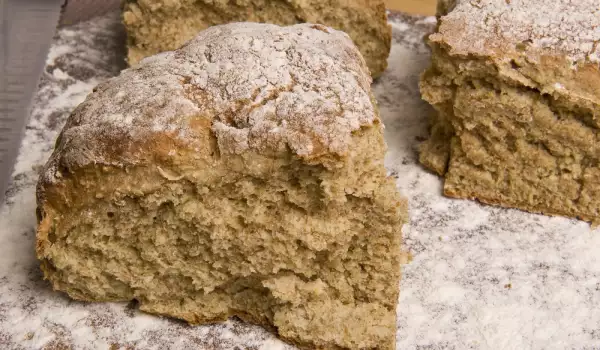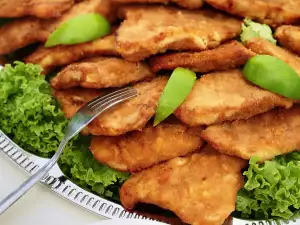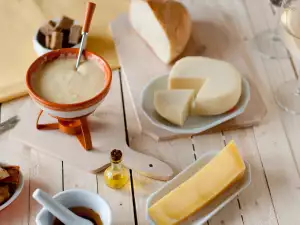Ammonia soda and baking soda are chemical leavening agents. They act mainly in an acidic environment. The action of both is similar. This makes them interchangeable.
Which type of leavening agent to use is a matter of taste and depends of the type of recipe itself. There are no strict rules.
In cooking, it is accepted that with ammonia soda cookies are prepared and with baking soda, along with acid or baking powder, mostly sponge cakes are prepared.
Ammonium hydrogen carbonate, or more precisely, ammonia soda, is used in confectionery. It is also a common means of impregnating wood to prevent fires.

In cooking, it is better known as ammonium or ammonium soda. Ammonia soda is mainly used in baking.
It is used for pastry products to help them rise, or to make then puffy, because at the high temperature of baking it breaks down into gases that form swelling cavities in the dough.
Baking soda is more commonly known. Usually, it is used in recipes that contain yogurt /bread, mekitsi and buhti/.
In contrast, ammonia soda is used almost exclusively for cookies. However, the action of both is similar, so they can be used according to the preferences of the cook.
The chemical name of baking soda is sodium bicarbonate.

It is a white solid substance, a mixture of water, ammonia, sodium chloride with carbon dioxide. The ingredients of baking soda make it suitable for acid neutralization, especially for gastritis or ulcers.
Baking soda is usually an ingredient in baking powder. In addition to food, the substance is also used in chemical and light industry, non-ferrous metallurgy and pharmaceuticals.
In the food industry, baking soda is registered as a food additive with the number E500.




















Comments